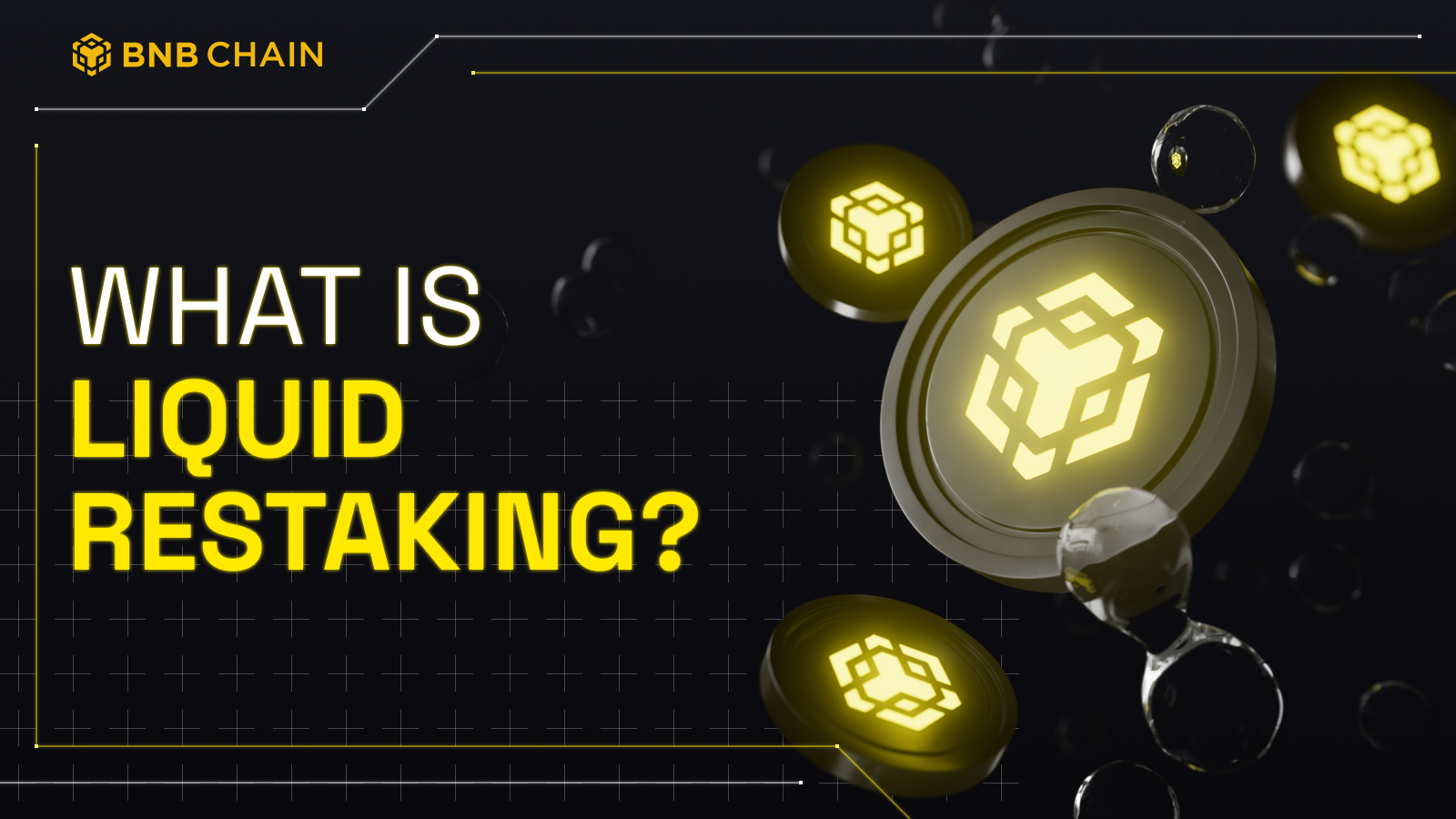Table of Contents

Liquid restaking (LR) has fast become one of the hottest sectors in DeFi. It allows staked assets to be tokenized into liquid restaking tokens (LRTs), which can be utilized across multiple blockchain protocols. This approach maintains liquidity while maximizing capital efficiency. This blog will explore the concept of LR, its benefits, and associated risks.
What Is Liquid Restaking (LR)?
At its core, LR is an advanced form of staking that builds upon the principles of the proof of stake (PoS) system. Traditionally, in a PoS system, validators secure the blockchain network by staking their cryptocurrency as collateral. In return, these validators earn rewards proportional to the amount they have staked. However, LR introduces a new layer of functionality by allowing staked assets to be reused, or “restaked,” to secure additional blockchain protocols.
The concept of LR was popularized by platforms like EigenLayer, which enables users to take their staked Ethereum (ETH) in liquid protocol and restake it to support various actively validated services (AVSs). These AVSs might include applications like Ethereum scaling solutions or oracles, which require additional security but cannot afford to establish their own native validator sets. By utilizing LR, these applications can leverage the security provided by Ethereum’s validator network, thus enhancing their operational stability.
What are Liquid Restaking Tokens?
When a user deposits their liquid staking tokens (LSTs) into a restaking platform, they receive LRTs in return. These tokens are essentially digital representations of the staked assets, and they serve multiple purposes within the DeFi ecosystem. Not only can LRTs be used to secure additional protocols, but they can also be traded, sold, or lent on DeFi platforms to generate additional returns.
This dual utility of LRTs—both as a security mechanism and as a tradable asset—opens up new avenues for capital efficiency. Validators and investors can now earn rewards from multiple sources without needing to lock up more capital. This is particularly advantageous in a market where liquidity is paramount.
How It’s Work?
LR works by leveraging a process known as rehypothecation, where the same collateral is used to back different financial activities. In the context of LR, this means that the staked assets (or their liquid representations) can be reused to secure multiple blockchain protocols.
For example, if you have staked ETH and received an LST (like stETH from Lido), you can restake that LST on a platform like EigenLayer to receive an LRT. This LRT can then be used to secure additional protocols or traded on DeFi platforms.
The Benefits
- Higher Returns: By restaking staked assets, investors can earn additional rewards from multiple sources. This compounding effect can significantly increase the profitability of staking, especially for those who are actively involved in DeFi.
- Enhanced Liquidity: LR enhances liquidity by allowing staked assets to remain active in the market. Investors no longer need to choose between staking and maintaining liquidity.
- Support for Emerging Projects: By enabling smaller blockchain protocols to leverage the security of larger networks, LR helps to support the growth of emerging projects.
The Risks
Despite its many benefits, LR is not without risks.
- Systemic Risk: The rehypothecation of assets means that if one system fails, it could have a cascading effect on others secured by the same assets. Essentially, the failure of one protocol could lead to losses across multiple platforms.
- Increased Complexity: LR adds a level of complexity to the staking process, making it more challenging for average users to understand and engage with effectively.
Liquid Restaking vs. Liquid Staking
LR involves tokenizing staked assets to provide liquidity while participating in staking. In contrast, LR takes this concept further by allowing these tokenized assets to be restaked across multiple protocols, thus earning additional rewards.
For beginners, liquid staking might be a more straightforward entry point into the DeFi ecosystem, while experienced traders might prefer the higher potential returns offered by LR.
Conclusion: The Future
LR can be extremely attractive due to its capital efficiency. However, it comes with risks that investors should carefully assess. As DeFi evolves, LR could offer new opportunities for growth and innovation.


